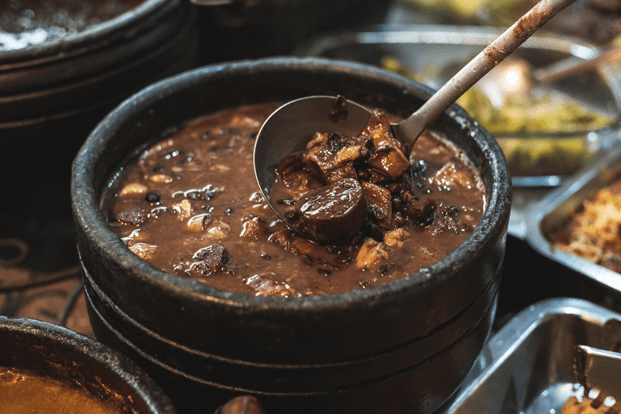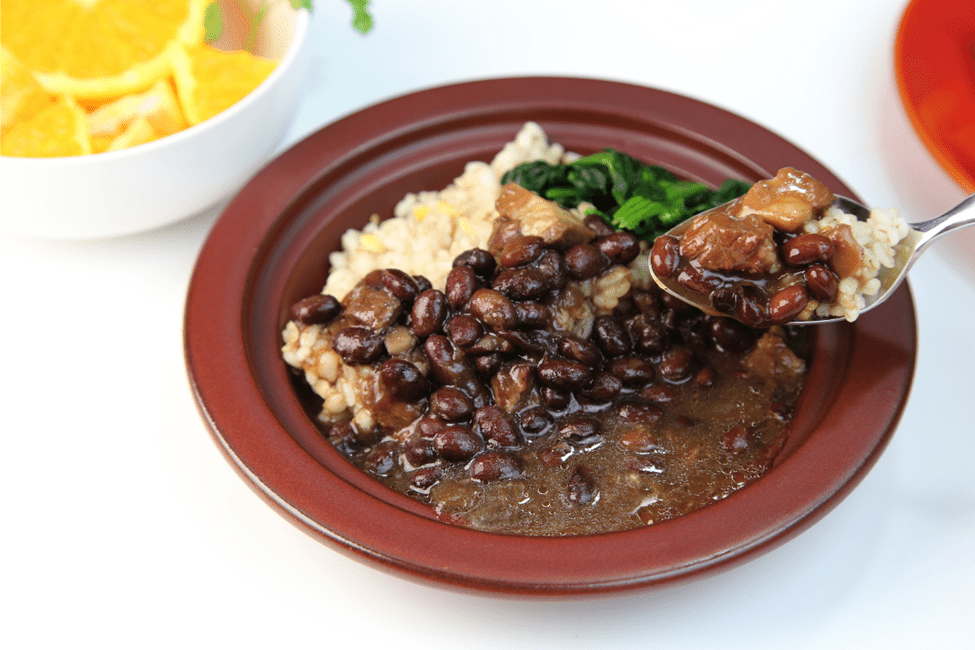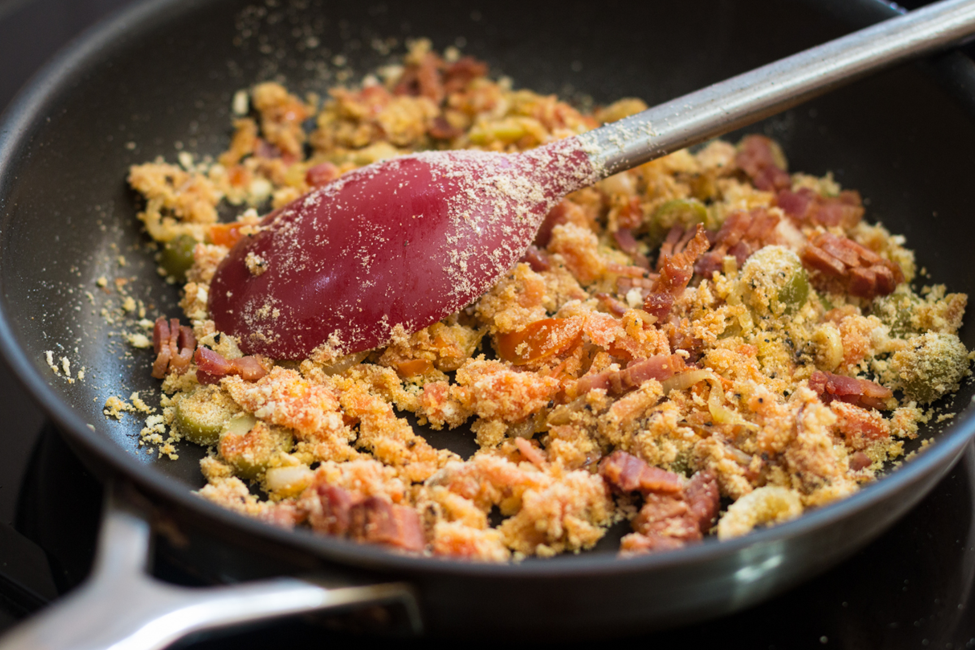The Music of Rio de Janeiro

Joao Gilberto with his classical guitar, a key element in bossa nova. Photo courtesy of npr.org
Bossa Nova has become synonymous with the country of Brazil and, in particular, with Rio de Janeiro. With its lilting classical guitar, soft beat, and smooth vocals, it seems to perfectly embody Rio’s diverse, artistic culture.
The Father of Bossa Nova
Bossa Nova emerged as a variant of Samba, a genre of music that had been popular in Brazil since the early 20th century. In the 1950s, Brazilian musician Joao Gilberto began experimenting with jazz elements and guitar rhythms that would breathe new life into the genre.
The microphone had been recently introduced to Brazil. The ability to amplify sounds meant Gilberto could emphasize subtleties and harmonies within his music that had previously been overlooked. Although the microphone allowed for such innovations in live music, the ability to record them was still very limited. Gilberto’s solution was to further simplify the overall sound, prioritizing the anti-rhythm of his guitar and his unsual vocal style.
What Does Bossa Nova Sound Like?

Elizete Cardoso’s Album “Cancao do Amor Demais” is widely regarded as the first album to feature the bossa nova style.
Gilberto’s music was marked by a syncopated classical guitar whose nylon strings were plucked by hand, not with a pick. His vocals were deliberately understated so as not to overshadow the sound of the strings. Gilberto further equalized his sounds by using two microphones: one for his voice, and one for the guitar.
Gilberto’s new style of guitar first appeared in 1959 on Elizete Cardoso’s album, Canção do Amor Demais. Elizete was a renowned Brazilian actress and singer, and Gilberto himself accompanied her in two songs using his signature style. Later that same year, he would release his first Bossa album, showcasing his guitar and also his unique way of singing.
The album was a huge success and spawned an artistic movement, helmed by Gilberto and inspiring younger musicians like Sergio Mendes, whose version of Ben Jorge’s “Mas Que Nada” became one of his signature songs. The song itself was inducted into the Latin Grammy Hall of Fame 2013.
The New Wave
The precise origin of the name “bossa nova” as it pertains to music is unknown. However, the word “bossa” was used colloquially in the 1950s, particularly in the artsy beach scene, to describe something charming, trendy, or effortless. It can also be found as early as 1932, when musician Noel Rosa used the word in a traditional samba.
Wherever the name came from, the term eventually came to embody a “new wave” of samba, a refreshed and purified form that focused on new rhythms, classical guitar, and subdued vocals. When Gilberto passed away in 2019, Leonard Rocha wrote in his obituary that his music described a “period of intense optimism in Brazil.” The music certainly reflects a sense of nostalgia and creativity that continues to inspire artists all over the world.
Enjoy Brazilian Culture at Home
Queue up your favorite Bossa Nova album and grill like a true gaucho with one of our signature grill packages, which include such favorites as flank steak, brazilian sausage, and, of course, picanha.
Alternatively, you can enjoy all your favorite churrasco dishes at one of Texas de Brazil’s 50+ locations across the country and internationally. Find the location nearest to you today!



